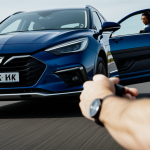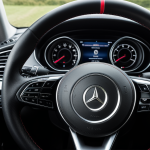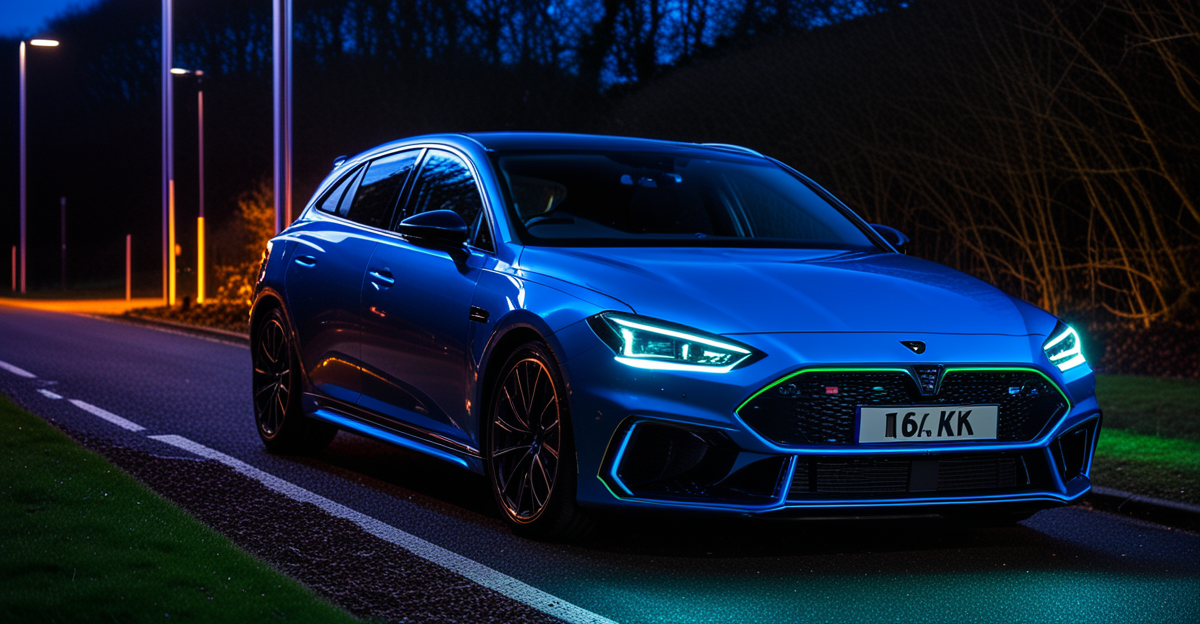UK Regulations on Neon Underglow Car Lighting
Understanding UK neon underglow law is key before adding custom lighting to your vehicle. The legality of underglow lights in the UK hinges mainly on colour, positioning, and usage. Under current car lighting regulations, neon underglow lights are generally not permitted to be used on public roads if they emit colours like red or blue, which could confuse other drivers or imitate emergency vehicles. Furthermore, lights that flash or are excessively bright may also be deemed illegal.
For roads, neon underglow lighting must be subtle and ideally only white or amber to comply with safety standards, whereas off-road or show vehicles enjoy more flexibility, as they aren’t subject to the same strict requirements. Owners wanting to display vibrant neon underglow during car shows or private events can do so without penalty, but these lights must be switched off before rejoining public roads.
Also read : The Definitive Handbook for Safely Installing Rear-Facing Baby Car Seats in UK Vehicles
Non-compliance with underglow legality UK rules can lead to penalties, including fines, vehicle defect warnings, or even being required to remove the lighting system to pass MOT inspections. Therefore, it’s crucial to check the precise car lighting regulations before fitting any neon underglow system to avoid legal issues.
How to Install Neon Underglow Lighting on Your Car
Installing neon underglow lighting in the UK requires careful attention to neon underglow installation UK standards and preparation. The process begins with gathering essential tools—such as a multimeter, wire strippers, zip ties, and a power drill—to ensure a clean and secure fit. Before fitting underglow lights, clean the area beneath your vehicle thoroughly to promote strong adhesion and avoid damage during installation.
In the same genre : Ultimate DIY Handbook: Securely Swap Out and Dispose of Your Car Battery in the UK
Follow these key steps:
- Plan the wiring route to keep cables away from moving parts or heat sources.
- Mount the light strips evenly using the included brackets or adhesive pads.
- Connect the wiring to a suitable power source, usually the vehicle’s ignition or fuse box, for controlled operation.
- Test the system before finalising to check for correct function and no electrical faults.
Common mistakes to avoid include poor wiring connections, positioning lights where they can be easily damaged, and neglecting to secure cables properly, which can lead to shorts or disconnections. By adhering strictly to these steps and car modification tips UK, enthusiasts can install neon underglow lighting safely and effectively while respecting UK regulations.
Safety Guidance and Maintenance for Neon Underglow Lights
When considering neon underglow safety, proper installation and maintenance are essential to ensure compliance with UK standards and vehicle longevity. Secure wiring away from heat sources and moving parts reduces risks of shorts or damage. Use waterproof connectors to prevent corrosion and electrical faults, especially since undercarriage lights face exposure to moisture and debris.
Routine car lighting maintenance includes regularly inspecting the underglow strips and wiring for wear or loose connections. Dirt build-up can reduce light brightness, so gentle cleaning with a soft cloth helps maintain optimal visibility. Frequent checks help prevent failures that might affect MOT results, as faulty or illegally installed lighting can lead to MOT refusals.
Regarding insurance, informing your provider about any neon underglow installation UK is critical. Some insurers might see underglow lights as modifications affecting risk, potentially altering premiums or coverage. Being transparent avoids issues in case of claims.
For best underglow care tips, avoid using harsh chemicals and control the lighting duration to prevent overheating. Following these safety and maintenance practices not only prolongs the life of your neon underglow but also helps you stay aligned with UK car lighting regulations.
Cost Breakdown and Budgeting for Neon Underglow Lighting
Understanding the neon underglow cost UK is essential for planning your car lighting upgrade without surprises. On average, basic neon underglow kits range between £50 and £150, depending on the number of light strips and their quality. More advanced systems with remote controls or multiple colours often exceed £200. Installation charges vary: professional fitting can cost an additional £100 to £250, especially if wiring requires custom work.
Besides upfront expenses, consider hidden or ongoing costs related to car lighting expense, such as replacement bulbs, adhesives, or fuse box adaptors. Maintenance supplies, like waterproof connectors or cleaning materials, add to long-term costs too. Budget-friendly kits offer good value for beginners, but premium systems deliver enhanced durability and colour options desirable for seasoned enthusiasts.
To manage your budget effectively, list all components required before buying and factor in installation fees. Evaluating your specific car lighting needs helps avoid overspending on unnecessary features. By assessing the full underglow price breakdown carefully, you can find a balance that suits both your wallet and style preferences while adhering to UK regulations.
Frequently Asked Questions about Neon Underglow in the UK
Addressing common neon underglow FAQs UK helps clarify key concerns for both newcomers and seasoned car enthusiasts. A frequent query is: Are neon underglow lights legal on UK roads? The firm answer is that UK car light rules restrict neon underglow to certain colours and usage. For example, red or blue underglow is often prohibited on public roads due to confusion with emergency vehicles, while white or amber colours are more acceptable, provided the lights don’t flash or cause distraction.
Another typical question involves installation safety and whether underglow lights affect MOT approvals. Proper wiring and adherence to underglow tips for beginners are critical; incorrectly installed lights may cause MOT failures or fines. It’s advisable to consult the latest UK car lighting regulations before fitting any system.
Many beginners ask about controlling the lighting to comply with legal limits. Using ignition-linked power sources or switches ensures lights operate only when stationary or off-road, supporting compliance with UK neon underglow law.
For ongoing guidance, enthusiasts can benefit from community groups and expert advice available across the UK, making the path to stylish yet legal neon lighting clearer.
UK Regulations on Neon Underglow Car Lighting
Understanding the UK neon underglow law is vital for anyone considering underglow lighting. The car lighting regulations focus heavily on safety and preventing confusion with emergency vehicles. Thus, neon underglow lights emitting red or blue hues on public roads are generally prohibited to avoid imitating emergency signals. Lights that flash or are excessively bright also violate underglow legality UK standards.
There is a clear distinction between road use and off-road or show vehicle applications. While on public roads, only subtle lighting in white or amber, which is less distracting, is permitted. For non-road use, such as at car shows or private displays, enthusiasts have more leeway but must ensure these lights are off before driving on public highways.
Failure to comply with these car lighting regulations can result in penalties ranging from fines to MOT failures. Vehicles with illegal neon underglow systems might face defect notices or require removal of the lights. Awareness and adherence to the underglow legality UK framework protect drivers from legal complications and contribute to road safety.











